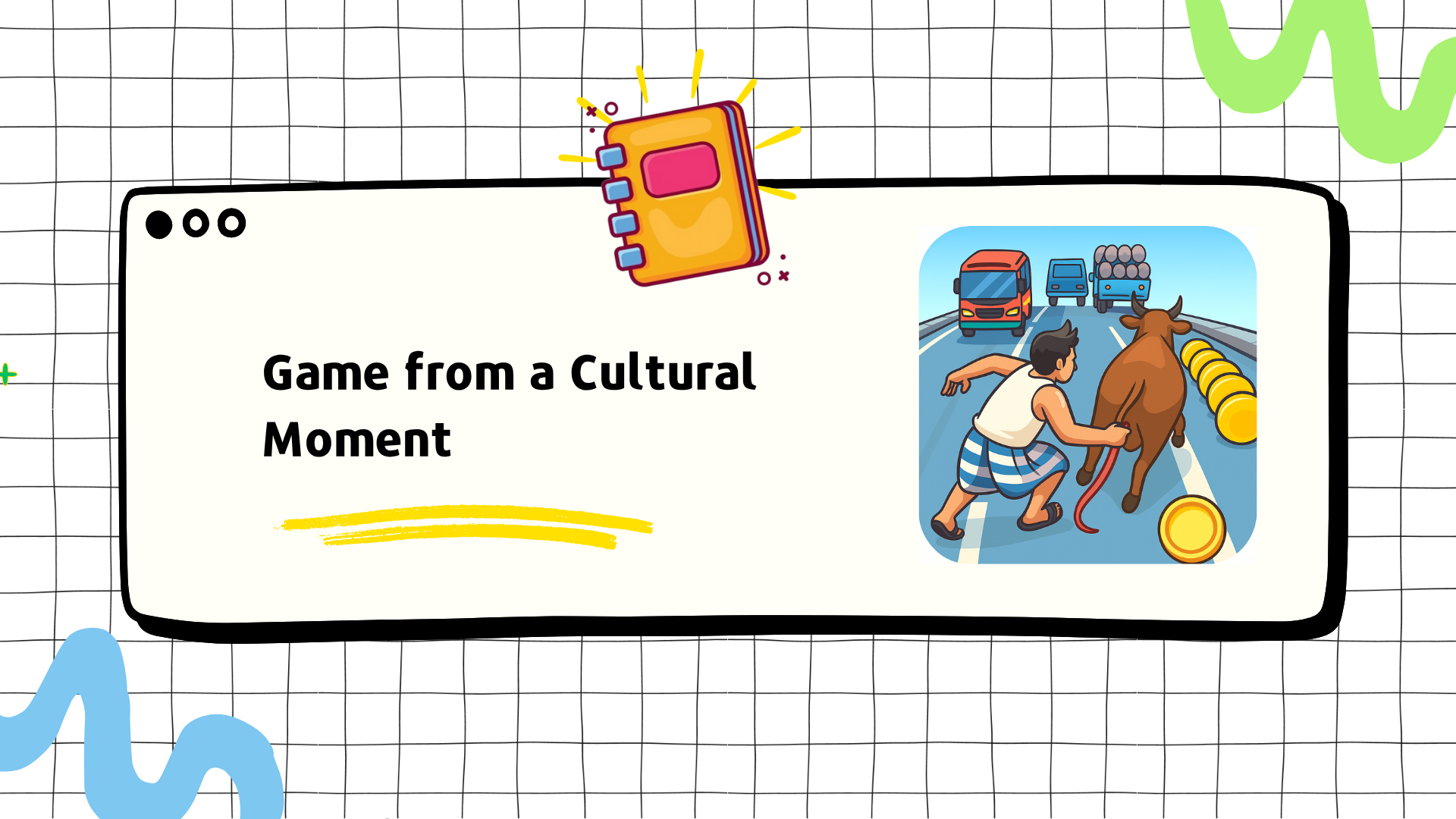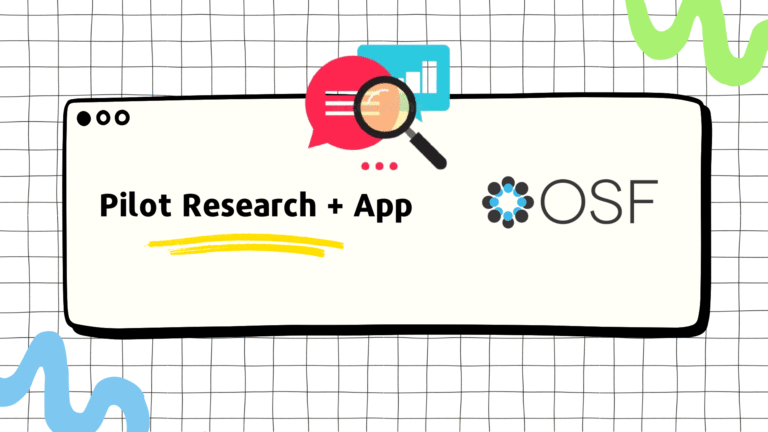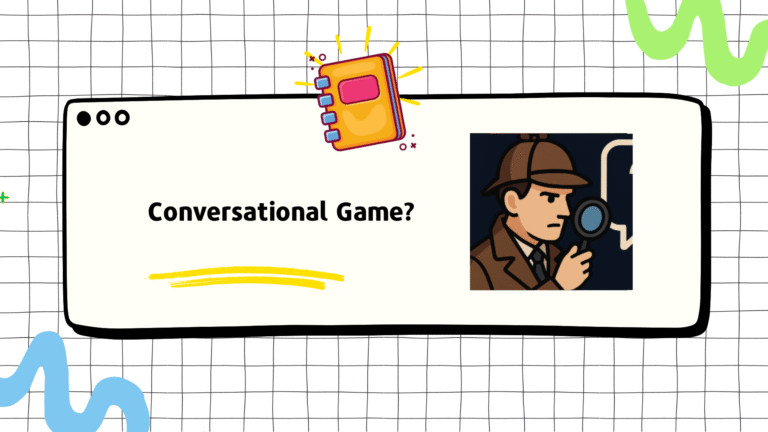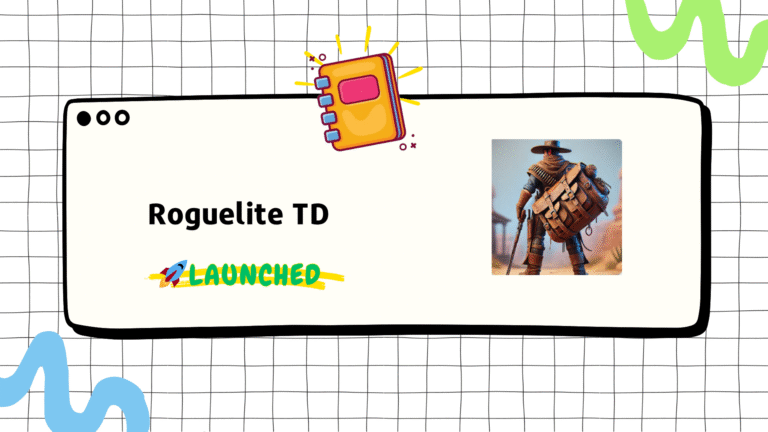Context
Every Eid-ul-Adha, something funny happens in Bangladesh.
Someone’s cow breaks the rope and runs.
It’s loud, chaotic, and instantly becomes a neighborhood event. Kids run behind it. Adults laugh while pretending to help. It’s unplanned comedy, but everyone waits for it every year.
That scene was the starting point of this project.
Ashiq (artist) and I wanted to turn this familiar chaos into a game. Not a simulation, but a playable version of a shared memory.
I handled the design and programming. The goal wasn’t just to make a runner game. The goal was to see if a cultural moment could define the mechanics itself.
Hypothesis
If players already know the story, do we need to explain anything?
Probably not.
That became our direction, to design a game that people understand instantly because it comes from their lived experience.
So the focus was simple:
- The cow runs.
- You chase.
- The city reacts.
The humor, the sound, the environment, everything already exists in people’s memory. We just had to capture it.
Process
We started with the scene, not the system.
Dhaka’s narrow streets, hanging electric wires, honking buses, and a sudden shout — “Goru chhute geche!”
That sound became our tone. It’s not fear. It’s excitement.
So, I built the mechanics around that emotion.
The cow AI wasn’t smart, but unpredictable. It dodged, hesitated, and ran just enough to stay funny. The player didn’t look like a hero, just another guy in a lungi trying to catch his cow before it causes trouble.
Ashiq focused on grounding the visuals. He modeled low-poly Dhaka buildings, lamp posts, market banners, and wires that always look slightly messy. Those details made it ours.
We didn’t invent a world. We recreated one that already exists in people’s heads.
Cultural Design
Usually, I start from mechanics and then add a theme.
This time, the theme was the mechanic.
The rhythm of Eid morning shaped the level pacing. The sound of people shouting guided the audio layer. Even the rope mechanic came from observation — someone always tries to throw a rope when the cow runs.
It was local life turned into gameplay.
There’s something powerful in that.
When a player from Dhaka sees the environment, they smile before pressing Start. The context is pre-installed in their mind. That’s cultural design at work, no tutorial needed.
To share that process, we made a YouTube devlog, fully in Bangla.
It wasn’t just documentation. It was our way to connect our world of game development with our community, friends, and family, people who see the chaos every Eid but rarely see how it can become a game.
That small video became a bridge between the two worlds.
Outcome
We published it during Eid week along with the devlog.
People didn’t talk about graphics or controls. They talked about memories.
“This happened near my area.”
“Add goats next year!”
That’s when I realized the core worked.
They weren’t just playing a game. They were replaying a cultural ritual.
Reflection
Culture can replace complexity.
When the context is shared, design can stay minimal and still feel rich.
I learned that:
- Local humor is a strong entry point for engagement.
- Shared memory can be a complete game loop.
- Authentic context reduces friction, players instantly understand what’s fun.
We didn’t chase trends. We chased a cow. And in doing so, we found how design can come directly from lived culture.
Takeaway
I understood that culture can be a complete design system on its own.
It gives you the verbs, the tone, and even the pacing. You don’t need to invent much, you just need to observe closely.
I learned that local humor doesn’t need explanation.
When the context is shared, the mechanic already makes sense.
I also realized that a small cultural story can connect two worlds, the one we live in and the one we design for.
This game became that bridge.
It proved that design doesn’t always start from a mechanic.
Sometimes it starts from a memory that everyone laughs at, and that’s enough to build a world.





